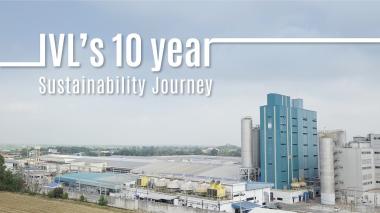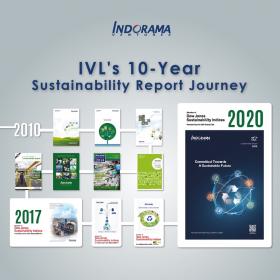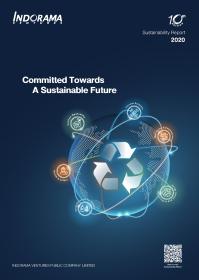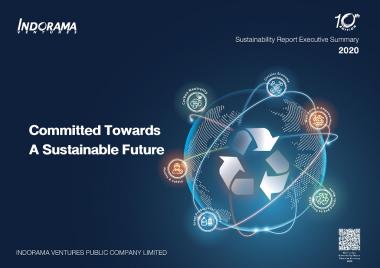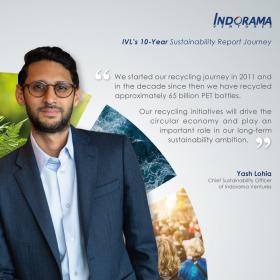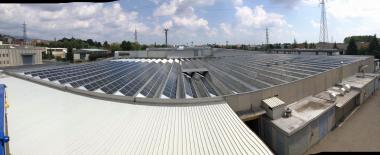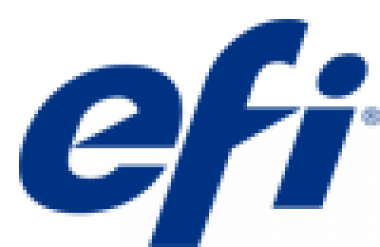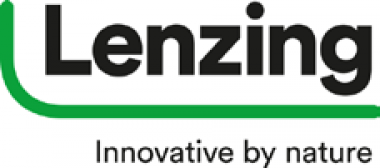Sappi invests in Kirkniemi Mill on decarbonisation journey
Sappi has approved an investment in Kirkniemi Mill in Lohja, Finland which enables a switch in its energy sourcing to renewable bioenergy. With this investment the mill’s direct fossil greenhouse gas emissions will reduce by ca. 90 percent, which is equivalent to 230 000 tons of carbon dioxide annually.
The project, set for completion in early 2023, will contribute significantly to Sappi Europe’s decarbonisation roadmap by exiting coal at one of its last facilities partially using this fuel type. Biomass will then be used in Kirkniemi’s multi-fuel boiler, built in 2015. The move advances Sappi towards its 2025 targets which include reducing specific greenhouse gas emissions (scope 1 and 2) by 25 percent and increasing renewable energy share to 50 percent in Europe compared to 2019.
The investment will establish the equipment needed to receive, store and handle woody biomass like the bark, sawdust and wood chips used for biofuel production. Such biomass types are by-products from the forest-based industry and utilising them for energy production derives further value from the forest resource.
In addition to increasing share of renewable energy, Sappi’s mills are also focused on reducing energy consumption. Sappi Kirkniemi Mill is party to Finland’s National Energy Efficiency Agreement and consistently reaches their energy saving targets. Kirkniemi’s ISO 50001 certification provides further evidence of the mill’s systematic improvement in energy efficiency.
Sappi Europe














